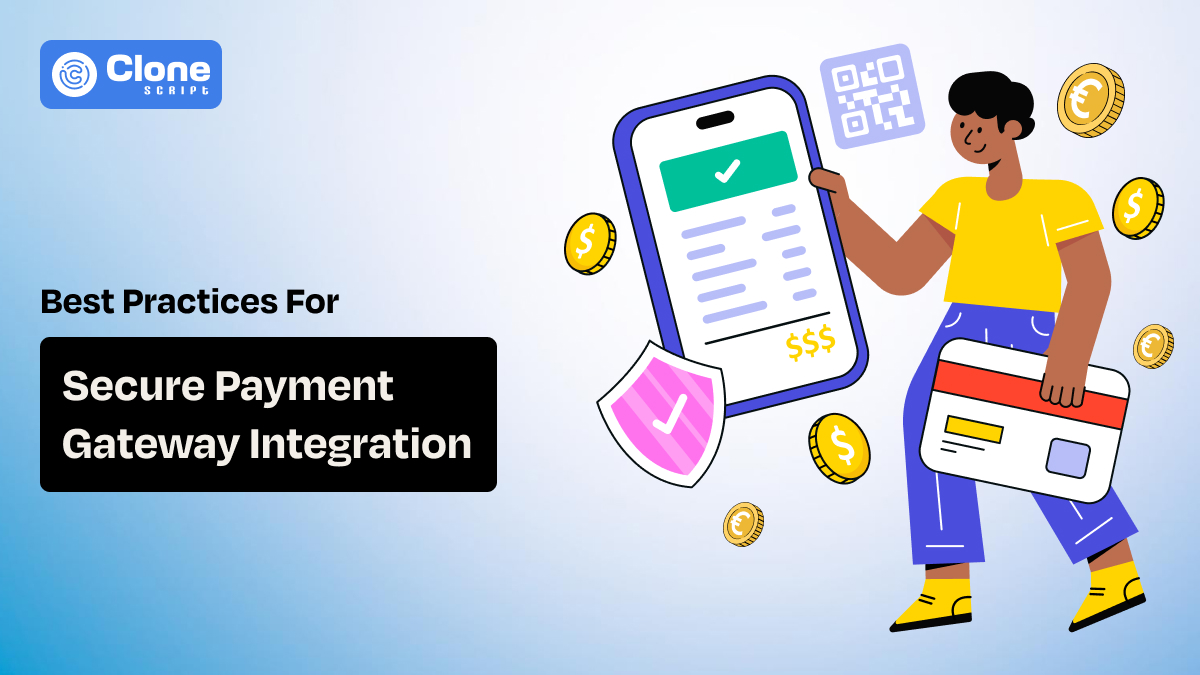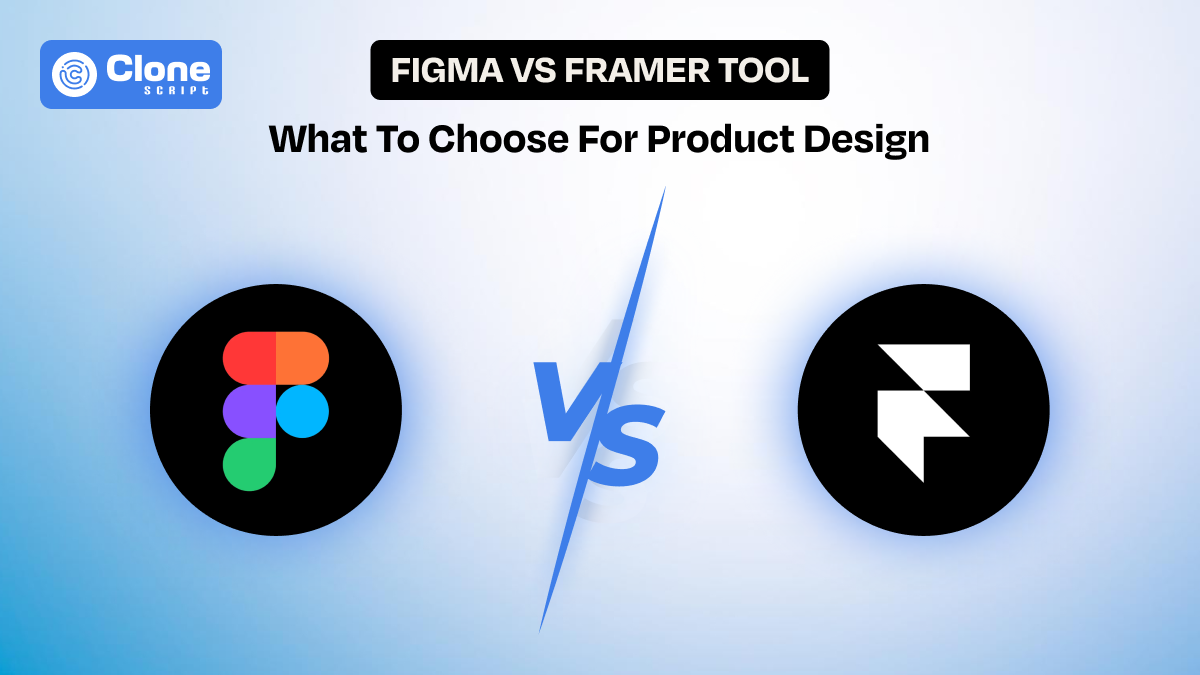Securing Online Payments: Best Practices for Payment Gateway Integration
In 2023, global online payment fraud losses were projected to reach over $48 billion, according to Juniper Research. With digital transactions growing exponentially, cybercriminals are becoming more sophisticated, targeting both businesses and consumers. Securing online payments is no longer optional—it is a necessity for any business operating in the digital space.
Just launching a business website isn’t enough to get customer’s attention. For that you have to take initial steps and secure payment gateway integration is one of the most important tasks.
A secure payment gateway integration not only protects financial data but also builds trust among customers. For businesses, ensuring a secure transaction process minimizes fraud risks, reduces chargebacks, and validates compliance with financial regulations. In this guide, we’ll explore best practices for securing online payments and integrating a payment gateway efficiently.
What is a Payment Gateway?
A payment gateway is a technology that facilitates the transfer of payment data between customers, merchants, and financial institutions. It plays a crucial role in encrypting and securing transactions to prevent unauthorized access.
When a customer enters their payment details on an e-commerce website, for example, the gateway securely transmits this data to the payment processor and bank. This ensures that the transaction is authenticated and completed safely.
Types of Payment Gateway Integrations
There are primarily two kinds of payment gateway integrations that exist as follows:
1. Hosted Payment Gateways
-
Customers are redirected to a third-party payment page (e.g., PayPal, Stripe) for transaction processing.
-
Secure and PCI-compliant since the gateway provider handles sensitive data.
-
Potential downside: Customers leave the merchant’s site, which may impact user experience.
2. Integrated Payment Gateways
-
Transactions are processed directly within the merchant’s website or app. There’s no need to leave a website, payments should be completed under the application.
-
Greater control over branding and user experience. The customer trusts in-built online payment facilities.
-
Requires stronger security measures, as businesses handle sensitive financial data directly.
Best Practices for Securing Payment Gateway Integration
There are certain types of best practices to follow for secure payment gateway integration:
1. Choose a Reputable Payment Gateway Provider
The first step to securing online transactions is selecting a reliable and PCI-compliant payment gateway provider. Look for features such as end-to-end encryption, fraud prevention tools, and 3D Secure authentication.
Industry leaders like Stripe, PayPal, and Authorize.net offer strong security measures that protect both businesses and customers.
2. Implement SSL/TLS Encryption
SSL (Secure Socket Layer) and TLS (Transport Layer Security) encryption inspects that all payment data transferred between a customer and a website remains private and unaltered.
A website with HTTPS (rather than HTTP) signifies that it uses encryption protocols, preventing cybercriminals from intercepting sensitive information.
3. Comply with PCI-DSS Standards
The Payment Card Industry Data Security Standard (PCI-DSS) is a set of security regulations designed to protect cardholder data. Merchants processing online transactions must comply with PCI-DSS requirements, which include:
-
Encrypting stored cardholder data.
-
Regular security scans and audits.
-
Implementing access control measures.
Non-compliance with these regulations can lead to expensive fines and security vulnerabilities. Also, these kinds of acts terminate the business operations and have to face a ban.
4. Utilize Tokenization
Tokenization replaces sensitive payment data with a unique token that cannot be exploited by hackers. This means that even if cybercriminals gain access to the stored data, the token alone is useless without the original encryption key.
For example, when a customer saves their card details for future transactions, tokenization ensures that the actual card number is never stored on the merchant’s server.
5. Implement Strong Customer Authentication (SCA)
With regulations such as PSD2 (Payment Services Directive 2) in the European Union, businesses must implement Strong Customer Authentication (SCA). This adds an extra layer of security by requiring two or more authentication factors:
-
Something the customer knows (password or PIN).
-
Something the customer has (mobile phone or smart card).
-
Something the customer is (biometric data like fingerprints or facial recognition).
6. Regularly Update and Patch Systems
Outdated software's existence on websites and mobile apps is a prime target for cybercriminals. Businesses should follow the mentioned steps:
-
Regularly update their payment gateway APIs and software.
-
Apply security patches to protect against new vulnerabilities.
-
Conduct periodic penetration testing to identify weaknesses in their system.
7. Monitor Transactions for Fraudulent Activity
Fraud detection tools, powered by artificial intelligence and machine learning, help businesses analyze transaction patterns and detect anomalies. These tools can:
-
Flag suspicious transactions based on location, device, or spending behavior.
-
Block high-risk transactions before they occur.
-
Reduce chargebacks and prevent unauthorized access.
8. Educate Customers on Security Practices
A business can implement the best security measures, but if customers fall for phishing scams or use weak passwords, data breaches can still occur. Merchants should focus on:
-
Encourage strong password creation and two-factor authentication (2FA).
-
Educate users about phishing scams and how to identify fraudulent emails or messages.
-
Remind customers to monitor their bank statements for unauthorized transactions.
Addressing Payment Security in Different Industries
Online payments are backing almost every sector from e-commerce to education and service-based products to customized solutions. Take an overview of how these industries are becoming a soft target for cyber threats.
-
E-commerce Platforms: Online retailers are prime targets for cybercriminals. Implementing fraud detection tools, ensuring PCI compliance, and using secure checkout options can help mitigate risks.
-
Subscription-Based Services: Recurring billing models require secure storage of customer payment details. Tokenization and encryption help protect stored card data while maintaining a seamless customer experience.
-
Online Marketplaces: Multi-vendor platforms must secure not only customer payments but also payouts to sellers. Implementing escrow services and multi-step authentication for sellers helps protect transactions.
The Role of AI in Payment Security
Artificial intelligence is transforming payment security with advanced fraud detection systems. AI-driven models analyze user behavior, detect anomalies, and flag suspicious transactions in real-time. This proactive approach minimizes fraudulent activities and enhances trust in digital payments.
It means AI in CX is very important to stay ahead of the competition and increase the market share despite starting from zero.
Future Trends in Secure Payment Processing
As online payment processing still facing cyberattacks daily, you have to keep an eye on future trends as an entrepreneur.
1. Biometric Authentication
As passwords become more vulnerable, biometric security methods, such as facial recognition and fingerprint scanning, are gaining attention. This technology provides a secure and user-friendly authentication process.
2. AI-Powered Fraud Prevention
Machine learning algorithms can analyze thousands of transactions in real-time, identifying fraud patterns and suspicious activities. AI-driven fraud detection is becoming essential for businesses processing high volumes of online payments.
Conclusion
In an era where digital transactions dominate, securing online payments is a top priority for businesses. By integrating a secure payment gateway, complying with PCI-DSS standards, implementing encryption, and educating customers, merchants can create a safe environment for online transactions.
With fraud prevention technologies, AI-driven monitoring, and biometric authentication shaping the future of payments. Businesses that stay ahead of security trends will not only protect themselves from cyber threats but also enhance customer trust and loyalty.
By adopting these best practices, companies can secure their payment gateways and build a resilient digital business in an increasingly cashless world.
Need more support? Don’t worry. Contact us. We will help you to integrate payment gateways to your website with transparent pricing and quality service with the promise of advanced security.
 BTC - Bitcoin
BTC - Bitcoin
 USDTERC20 - USDT ERC20
USDTERC20 - USDT ERC20
 ETH - Ethereum
ETH - Ethereum
 BNB - Binance
BNB - Binance
 BCH - Bitcoin Cash
BCH - Bitcoin Cash
 DOGE - Dogecoin
DOGE - Dogecoin
 TRX - TRON
TRX - TRON
 USDTTRC20 - USD TRC20
USDTTRC20 - USD TRC20
 LTC - LiteCoin
LTC - LiteCoin







